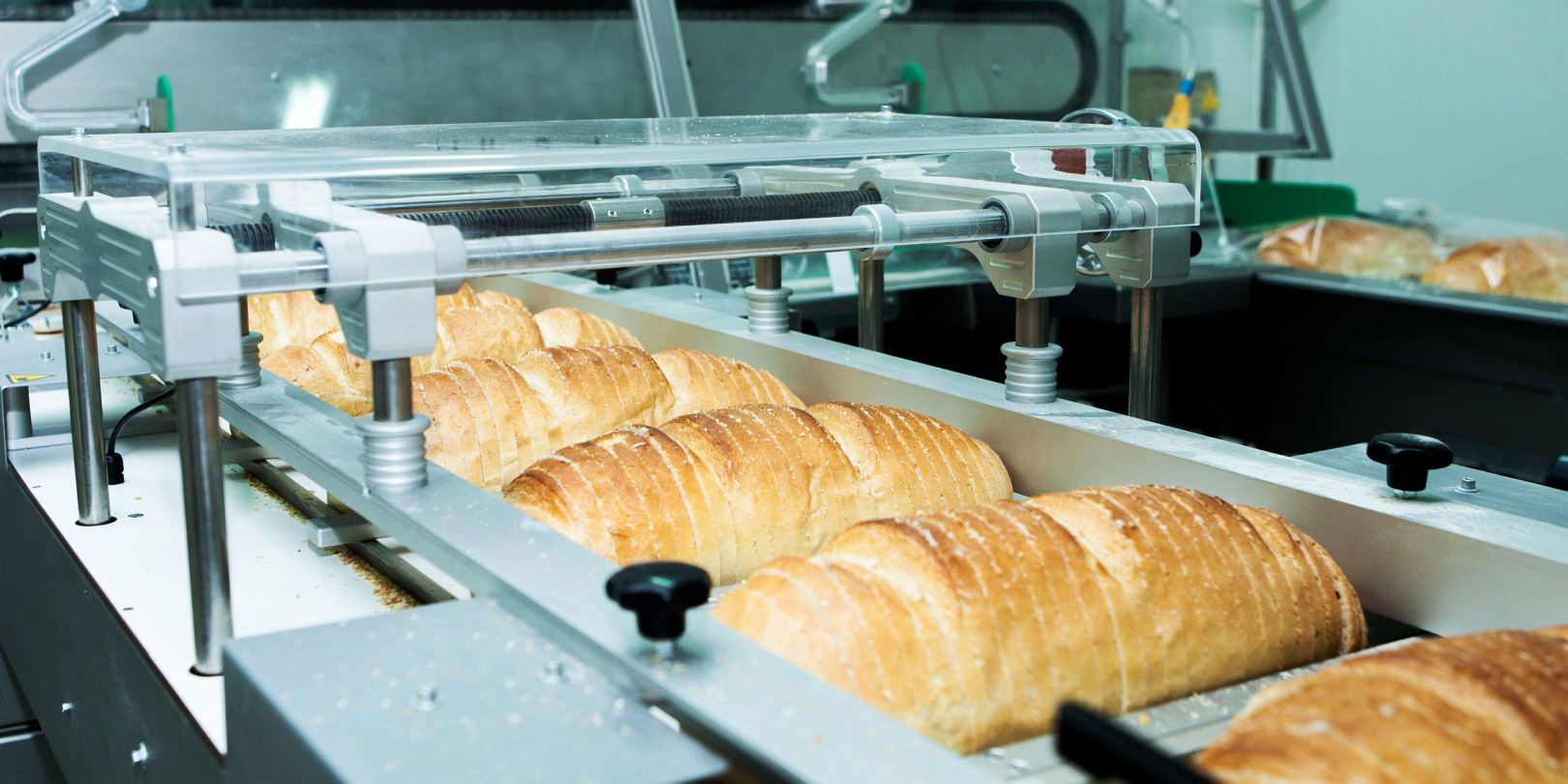
Smart story
Smart manufacturing: The secret Ingredient to a bakery's success
Smart manufacturing takes a lot of thought and planning—for us and our clients. “It's more of a transformation than a tactical project,” said Brian Kiefer, manager for Deloitte Consulting. For one of our clients, that transformation was just as much a change in mindset as a change in operations.
“They had different equipment, different makes and models, different processes—even within the same bakery,” Kiefer said.
But with six miles of networking cable and a whole lot of know-how, we helped their operations go from old-school to next-gen.
The Challenge
Our client is a large manufacturer of baked goods with 40+ different bakeries, each operating as its own independent company. In addition, the bakeries were using different materials and machines with no visibility into their operations unless you were on the factory floor. Our client needed to improve efficiencies at their bakeries and create a networked digital-first approach.
The Smart Factory approach
As things stood, there was no way for our client to see what was happening on their factory floors unless they were physically there. Our end goal was to create a world where the general manager could wake up at 6 a.m. and grab their phone to see how the night shift ran.
Kiefer and his colleagues employed a Smart Factory dream team in their approach: operational technology and information technology. By asking the right questions and proving our knowledge of factory operations, we gained our client's trust to create a network of their 40+ bakeries. Once connected, we could pull and analyze vital information in real time.
What Happened next
To start things off, we spoke to upper management, operators, and middle management, determining that each person needed different intel from the same data. With those users in mind, we outlined which information we needed to gather from each machine.
Next came the fun part—laying down those six miles of networking cable to capture key data points from the machines on their factory floors. This move was vital to optimizing operations, leaning on sensor-enabled monitoring to reduce equipment downtime and predict bigger issues.
Those sensors also helped our client automate quality inspections. Real-time data gives an inside look at what's happening on every factory line without the need for someone to physically be there. You could see whether a dough proofer was running hot and adjust immediately, rather than wait to see that the dough was over proofed.
All of that data is easily accessed on a custom application with different views for each user, including specialized, real-time alerts. Now it wasn't just the machine operators who knew that the mixer on Line 1 was slow—the CEO could see that data live on the app and immediately take action.
Looking ahead
While Jesse is proud of all the work his team did, he said it's important to remember that smart manufacturing is not a “flick the switch and it works like magic” proposition.
“The technology's important, of course,” Storm added. “But the process is just as critical. “It's thinking about how we can do things differently. For example, instead of writing things down on paper to track production, what if we redesigned the process so it's automatically reported to the system?”

